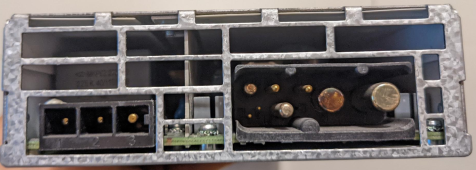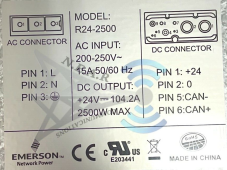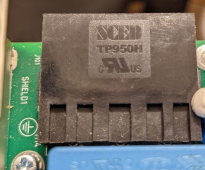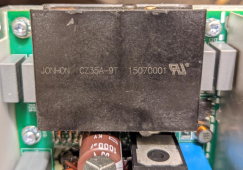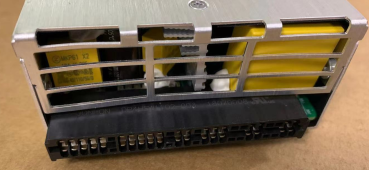As far as I have tested, it accepts floating points just like the voltage. You could set 10.5% for example.
I will try to make some test set-up to get more details...
I’ll be in a position to know soon enough (~1 month?) but just thought I would check whether you’ve learned anything more for my planning purposes.
I purchased the 50.0V 3000W model.
In terms of the ‘10% to 121%’ range, I’m assuming 121% = 3000W (so 100% = 2479.34W) but would appreciate to understand whether you’ve had a chance to confirm that.
If that is correct and my 50.0V unit comes programmed for 100% power, that should correspond to 2479.34W or 49.6A max charging current @ 50.0V.
And by reprogramming from the default of 100% to the minimum of 10%, charge current can be reduced to a minimum of 4.96A (247.93W).
The other thing I wanted to clarify was this statement:
“upnorthandpersonal” said:
The output current is set in percent to the rated value of the rectifier from 10% to 121%.
These settings (voltage and current) can either be permanent, or while the command is repeated in a temporary fashion. That is, you can send a command, it will keep the settings of that command while you keep sending that command every couple of seconds or so. When you stop sending it, the original setting will be used after 30 seconds.
It sounds as though there are ‘base / default’ settings and ‘temporary / turbo’ settings for both voltage and current.
Do you know whether there are restrictions on changing the base / default settings such as only changing them when the unit is not charging or is powered off?
My unit should come preprogrammed for 50.0V and (I’m assuming) 100% and I can use it as is to ‘keep’ my 48V battery floating at 50.0V (or above) overnight.
Overnight load averages 333WDC, so if I am unhappy with any instability I see charging at 100% / 2479.34W / 50A I can change the default setting for 13.5% / 334.7W / 6.7A.
During daylight hours when I want to use the charger to absorb excess export into the battery, I will need to increase charge voltage to 57.6V (or whatever the max is) and modify the ‘temporary / turbo’ charge current settings in real time to absorb the required AC power.
Charge current settings will be modified in under 30 seconds, so I don’t need to worry about timing out to default / base setting.
But I’m curious if you have an opinion as to whether it’s going to make more sense to continuously use both temporary charge and voltage overwrites throughout this daytime ‘absorb AC’ phase or it would be better to change the ‘permanent’ voltage setting twice per day and only modulate the temporary / turbo charge power % setting in real-time?




